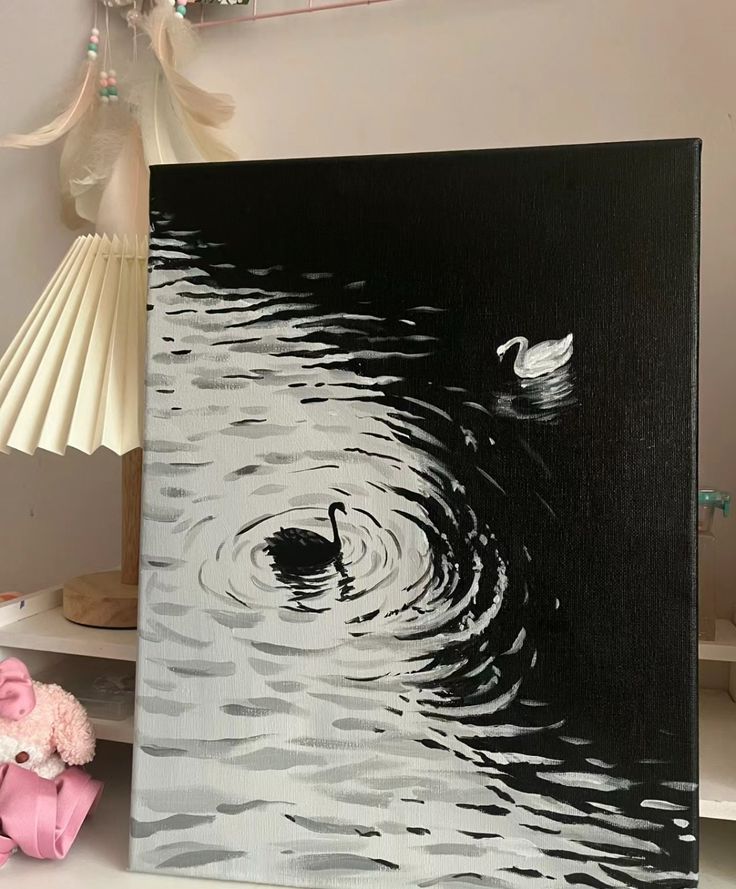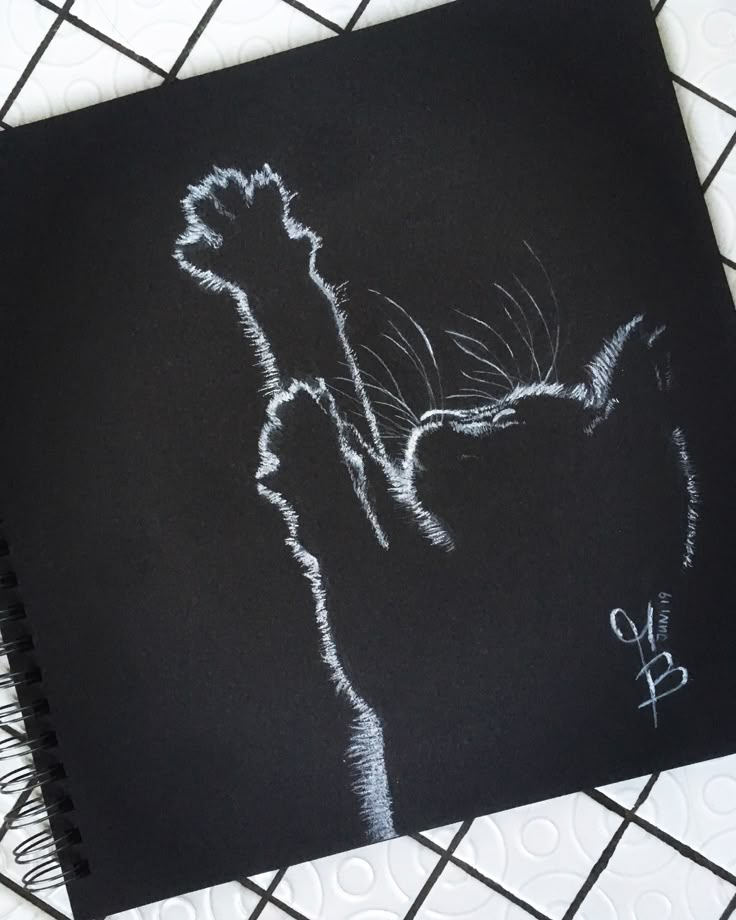
The Evolution of Canvas Painting: From Classic to Modern Styles
Canvas painting has undergone a remarkable transformation throughout history, evolving from traditional techniques to contemporary styles that push the boundaries of artistic expression. From the masterpieces of the Renaissance to the abstract and digital art of today, this evolution reflects cultural, technological, and philosophical shifts in society. Understanding this progression provides valuable insight into how artists have adapted to new tools, concepts, and mediums to redefine the possibilities of canvas painting.
The Origins of Canvas Painting
The use of canvas as a painting surface became prominent during the Renaissance period, replacing wooden panels that were commonly used in earlier European art. The transition to canvas allowed artists to create larger, more detailed works that were easier to transport and preserve. The earliest known canvas paintings date back to the 14th century in Italy, where Venetian painters popularized the medium due to its durability in humid climates.
Canvas, typically made from linen or cotton, was stretched over wooden frames and primed with gesso to create a smooth, absorbent surface. This innovation enabled artists to experiment with oil paints, which offered richer colors, subtle blending, and greater longevity. The development of perspective and naturalistic representation during the Renaissance period set the foundation for many classical painting techniques still practiced today.
The Influence of Baroque and Rococo Styles
As art evolved into the 17th and 18th centuries, the Baroque and Rococo movements introduced dramatic lighting, emotional intensity, and elaborate compositions to canvas painting. Baroque artists like Caravaggio and Rembrandt used chiaroscuro techniques to create depth and realism, emphasizing strong contrasts between light and shadow. These paintings often depicted religious or historical themes with heightened theatricality.
In contrast, the Rococo style embraced softer colors, fluid brushstrokes, and playful compositions. Artists like François Boucher and Jean-Honoré Fragonard depicted scenes of romance, leisure, and fantasy, showcasing a more decorative and whimsical approach to painting. This period demonstrated how artistic styles could shift dramatically in response to changing cultural and aesthetic preferences.
The Emergence of Romanticism and Realism
The 19th century marked another significant transition in canvas painting, as artists moved away from the idealized forms of the past toward more personal and authentic expressions. The Romantic movement, led by painters such as Francisco Goya and Eugène Delacroix, emphasized emotion, imagination, and dramatic storytelling. Romantic artists often painted scenes of nature, historical events, and exotic subjects, using dynamic compositions and vibrant colors to evoke intense feelings.
Realism emerged in response to the Romantic era, with artists like Gustave Courbet and Jean-François Millet focusing on depicting everyday life with accuracy and honesty. Instead of mythical or historical subjects, Realist painters chose to highlight the struggles and beauty of ordinary people, rejecting the exaggerated drama of previous movements. Their work laid the groundwork for future styles that sought to capture reality in new and innovative ways.
The Rise of Impressionism and Post-Impressionism
In the late 19th century, Impressionism revolutionized canvas painting by breaking away from traditional academic techniques. Artists such as Claude Monet, Pierre-Auguste Renoir, and Edgar Degas sought to capture fleeting moments of light and movement through loose brushwork and vibrant color palettes. Impressionist painters often worked outdoors, using quick strokes to convey atmospheric effects and natural scenery.
Post-Impressionism built upon these ideas while incorporating more structure, symbolism, and bold colors. Artists like Vincent van Gogh, Paul Cézanne, and Paul Gauguin explored new approaches to composition, experimenting with perspective and exaggerated forms. This period played a crucial role in the transition from representational art to more abstract and expressive movements.
The Advent of Modernism and Abstract Art
The early 20th century saw the emergence of Modernism, which rejected traditional artistic conventions in favor of experimentation and innovation. Movements such as Cubism, pioneered by Pablo Picasso and Georges Braque, deconstructed forms into geometric shapes, challenging the way viewers perceived reality. Fauvism, led by Henri Matisse, embraced bold, unnatural colors to evoke emotional responses rather than accurate depictions.
Abstract art gained prominence with figures like Wassily Kandinsky and Piet Mondrian, who sought to remove recognizable forms entirely, focusing on pure shapes, lines, and colors. This shift reflected broader changes in society, as technological advancements and philosophical shifts encouraged artists to explore nontraditional means of visual storytelling.
The Evolution of Contemporary Canvas Painting
The latter half of the 20th century introduced diverse and eclectic styles, including Abstract Expressionism, Pop Art, and Minimalism. Abstract Expressionists like Jackson Pollock and Mark Rothko used gestural brushstrokes and large canvases to create immersive emotional experiences. Meanwhile, Pop Art, with artists such as Andy Warhol and Roy Lichtenstein, blended commercial imagery with fine art, reflecting the growing influence of mass media and consumer culture.
Minimalism stripped paintings down to their essential elements, focusing on simplicity and spatial relationships. This movement challenged the notion of what constitutes art, pushing canvas painting beyond traditional boundaries and into conceptual realms.
Digital and Mixed-Media Innovations
In the 21st century, canvas painting continues to evolve with the integration of digital and mixed-media techniques. Artists now use digital tools to enhance or create works that blend traditional and modern methods. Hybrid approaches, such as incorporating collage, photography, and unconventional materials, have expanded the possibilities of canvas painting.
Technology has also enabled greater accessibility to art, allowing artists to share their work globally through digital platforms. The rise of virtual galleries and NFTs (non-fungible tokens) has transformed how paintings are created, bought, and sold, redefining artistic ownership in the digital age.
The Future of Canvas Painting
Looking ahead, the future of canvas painting remains limitless as artists continue to experiment with new ideas and materials. Sustainable practices, artificial intelligence, and augmented reality are likely to play a role in shaping the next generation of artists. While the tools and techniques may change, the essence of canvas painting as a means of personal and cultural expression will endure.
As we reflect on the journey from classic to modern styles, it becomes evident that each artistic movement has contributed to a rich and evolving tradition. The fusion of past influences with contemporary innovation ensures that canvas painting remains a dynamic and ever-changing art form. Artists will continue to challenge conventions, pushing the boundaries of creativity and redefining what is possible on canvas.

